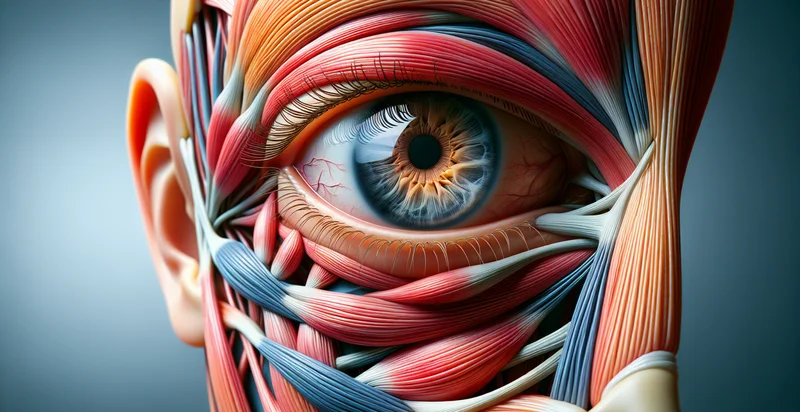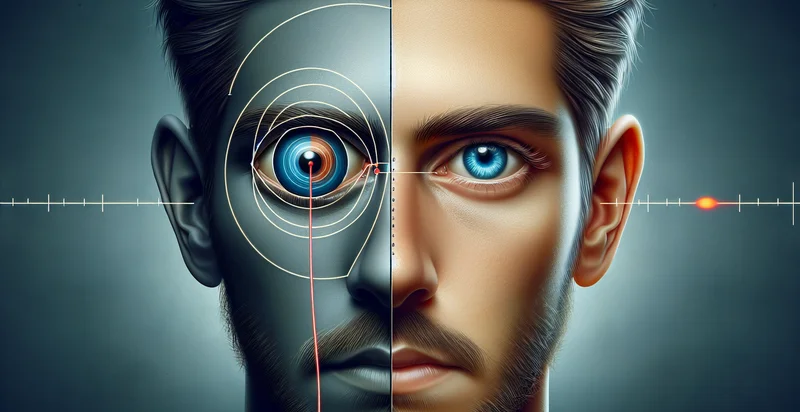Identify eye muscle balance
using AI
Below is a free classifier to identify eye muscle balance. Just upload your image, and our AI will predict the balance of eye muscles in different conditions - in just seconds.

Contact us for API access
Or, use Nyckel to build highly-accurate custom classifiers in just minutes. No PhD required.
Get started
import nyckel
credentials = nyckel.Credentials("YOUR_CLIENT_ID", "YOUR_CLIENT_SECRET")
nyckel.invoke("eye-muscle-balance", "your_image_url", credentials)
fetch('https://www.nyckel.com/v1/functions/eye-muscle-balance/invoke', {
method: 'POST',
headers: {
'Authorization': 'Bearer ' + 'YOUR_BEARER_TOKEN',
'Content-Type': 'application/json',
},
body: JSON.stringify(
{"data": "your_image_url"}
)
})
.then(response => response.json())
.then(data => console.log(data));
curl -X POST \
-H "Content-Type: application/json" \
-H "Authorization: Bearer YOUR_BEARER_TOKEN" \
-d '{"data": "your_image_url"}' \
https://www.nyckel.com/v1/functions/eye-muscle-balance/invoke
How this classifier works
To start, upload your image. Our AI tool will then predict the balance of eye muscles in different conditions.
This pretrained image model uses a Nyckel-created dataset and has 10 labels, including Asymmetrical, Balanced, Corrective Needed, Misaligned, Moderately Off, Normal Variation, Perfectly Aligned, Severely Off, Slightly Off and Unbalanced.
We'll also show a confidence score (the higher the number, the more confident the AI model is around the balance of eye muscles in different conditions).
Whether you're just curious or building eye muscle balance detection into your application, we hope our classifier proves helpful.
Related Classifiers
Need to identify eye muscle balance at scale?
Get API or Zapier access to this classifier for free. It's perfect for:
- Ophthalmology Diagnostics: The false image classification function can assist ophthalmologists in distinguishing between normal and abnormal eye muscle balance in patients. By analyzing images of the patient's eyes, it can provide insights that help in diagnosing conditions such as strabismus or other alignment issues.
- Vision Therapy Assessment: Clinics offering vision therapy can use the function to evaluate the effectiveness of treatment plans. By classifying images before and after therapy sessions, practitioners can analyze changes in eye muscle balance and adjust interventions accordingly.
- Telemedicine for Eye Care: In a telemedicine setting, healthcare providers can leverage this function to remotely assess patients’ eye muscle balance. This provides a valuable tool for initial consultations, enabling timely referrals for in-person evaluations when necessary.
- Sports Vision Analysis: Sports professionals can use the eye muscle balance identifier to optimize athletes' visual performance. By ensuring balance in eye muscles, athletes can improve hand-eye coordination, which is crucial for sports requiring precision, like baseball or tennis.
- Artificial Intelligence Training: Developers working on AI systems for automated eye examinations can integrate this classifier as a training module. It can help in refining algorithms by providing labeled datasets of normal and false classifications related to eye muscle balance.
- Consumer Health Products: Companies developing smart glasses or wearable vision correction devices can incorporate this classification function for personalized user feedback. By analyzing the user’s eye muscle balance, the device can suggest exercises or adjustments to improve visual comfort and clarity.
- Research in Vision Science: Academic institutions and research labs can use this function to gather data on eye muscle dynamics and their impacts on vision-related issues. This could lead to advancements in understanding how muscle balance affects overall ocular health and vision clarity.


